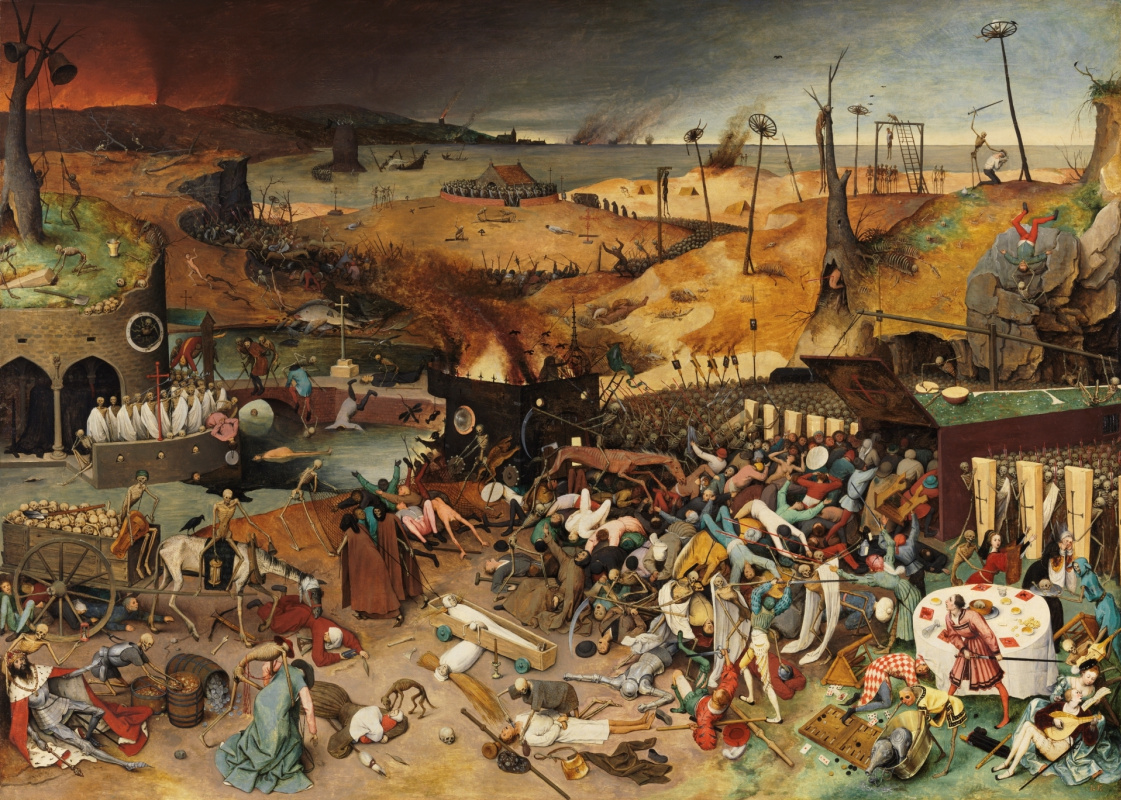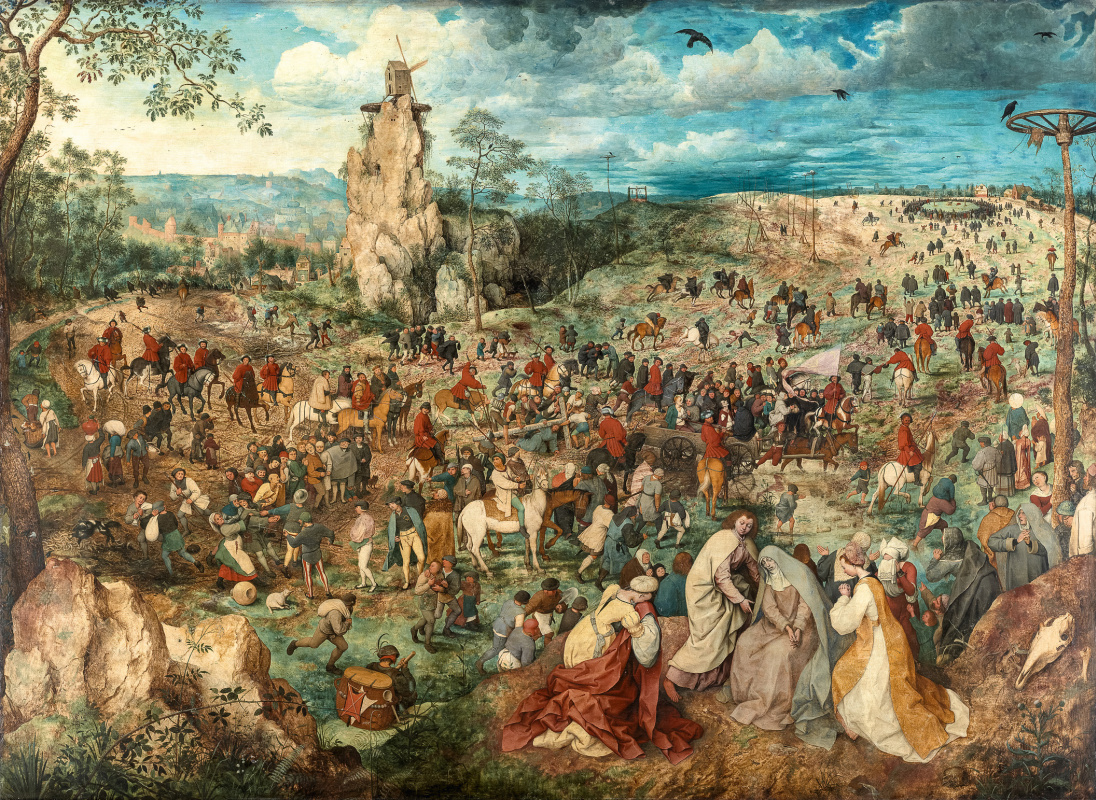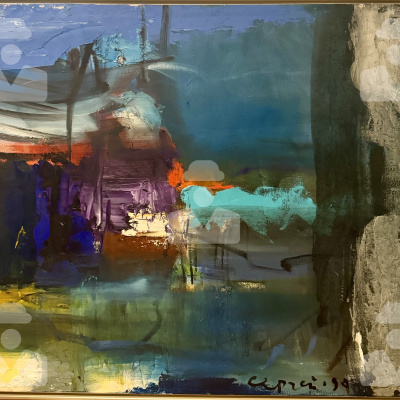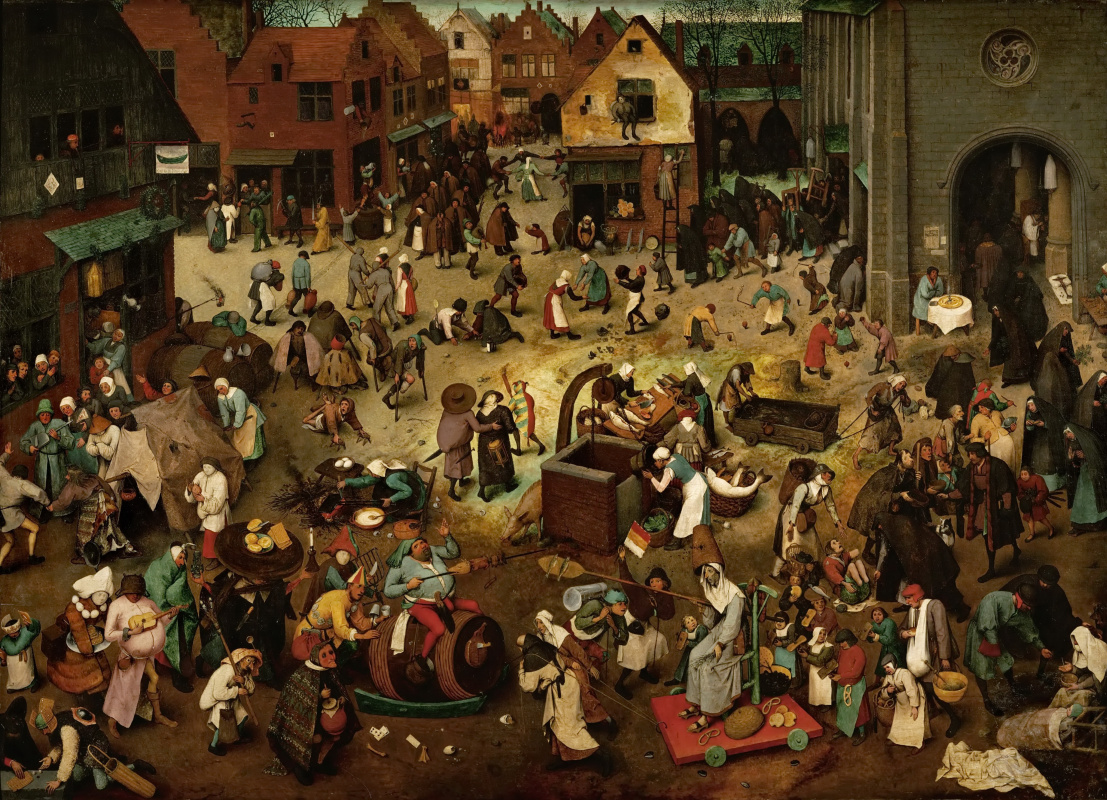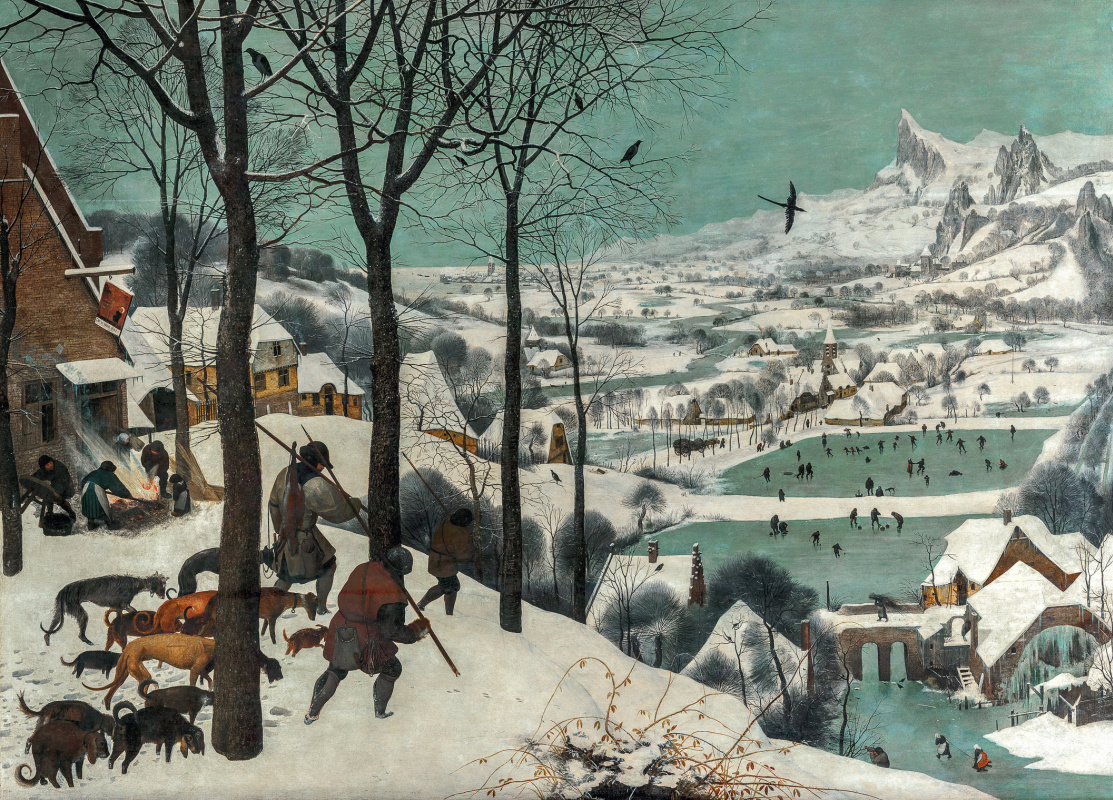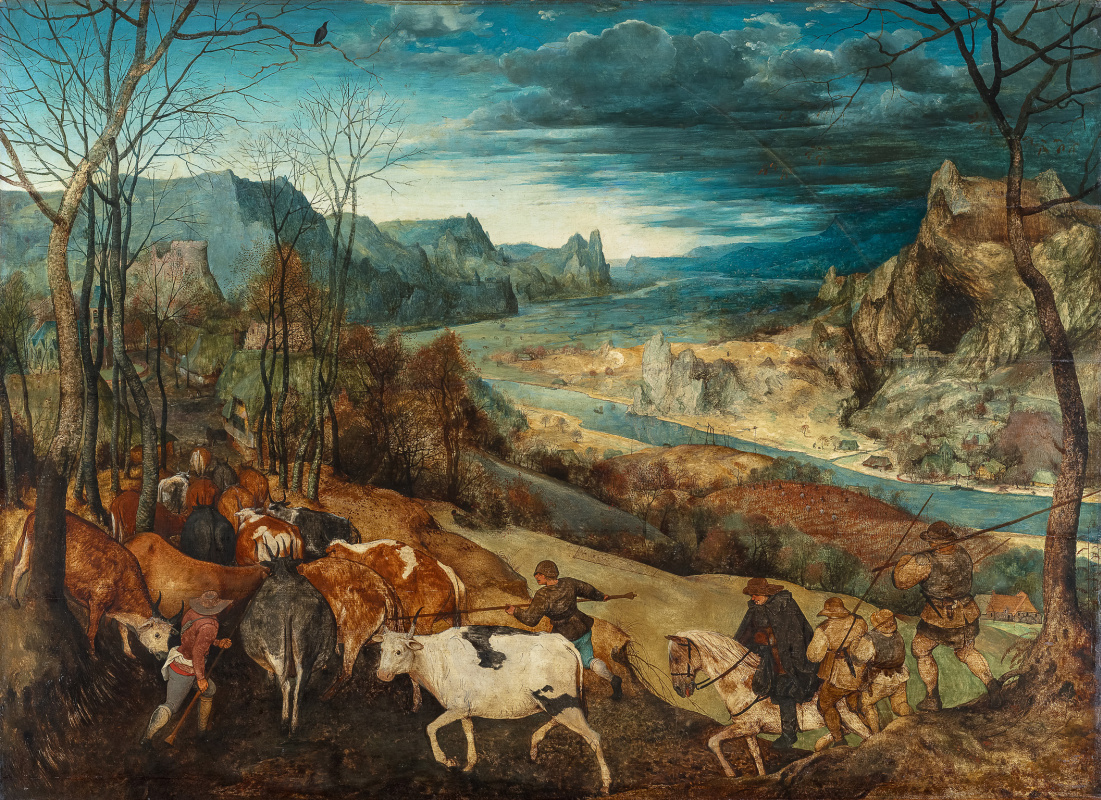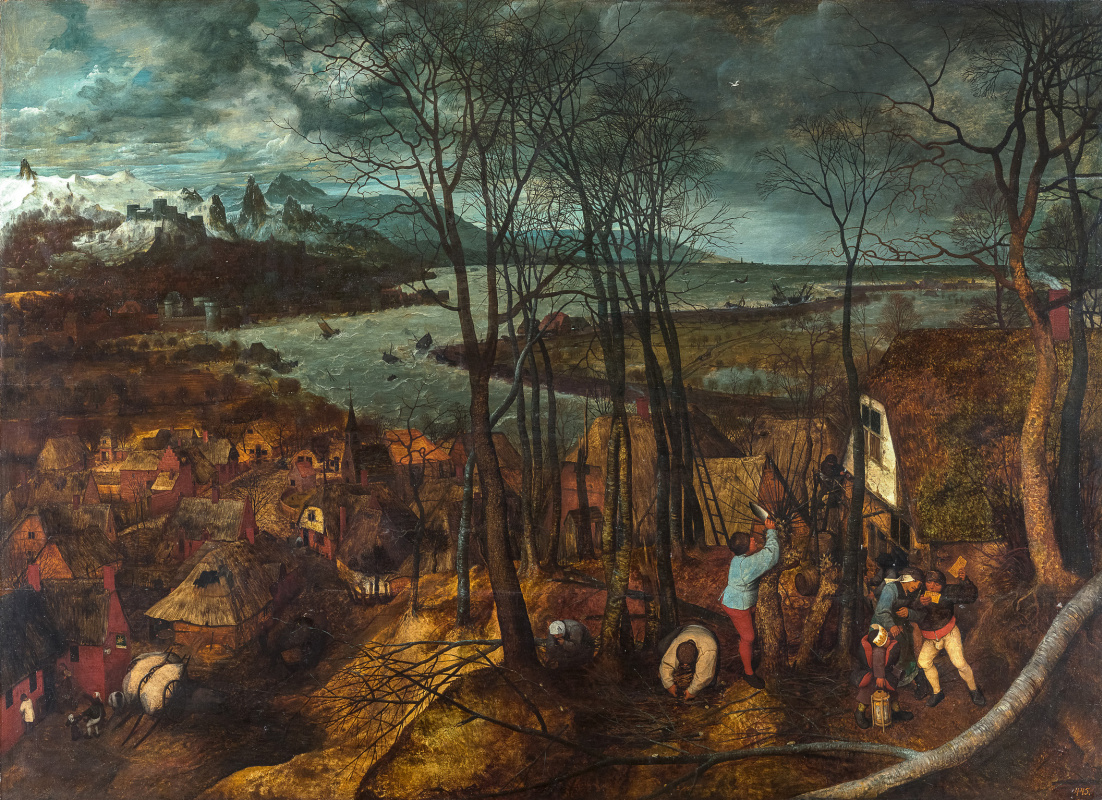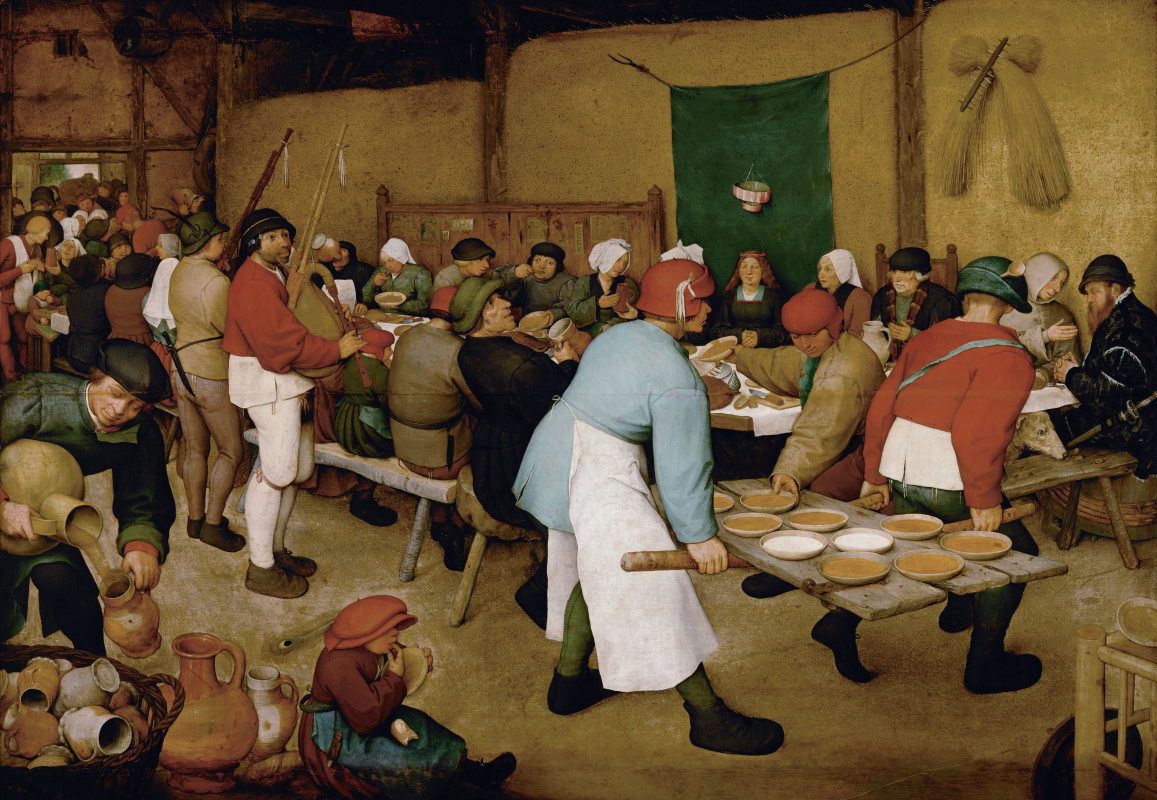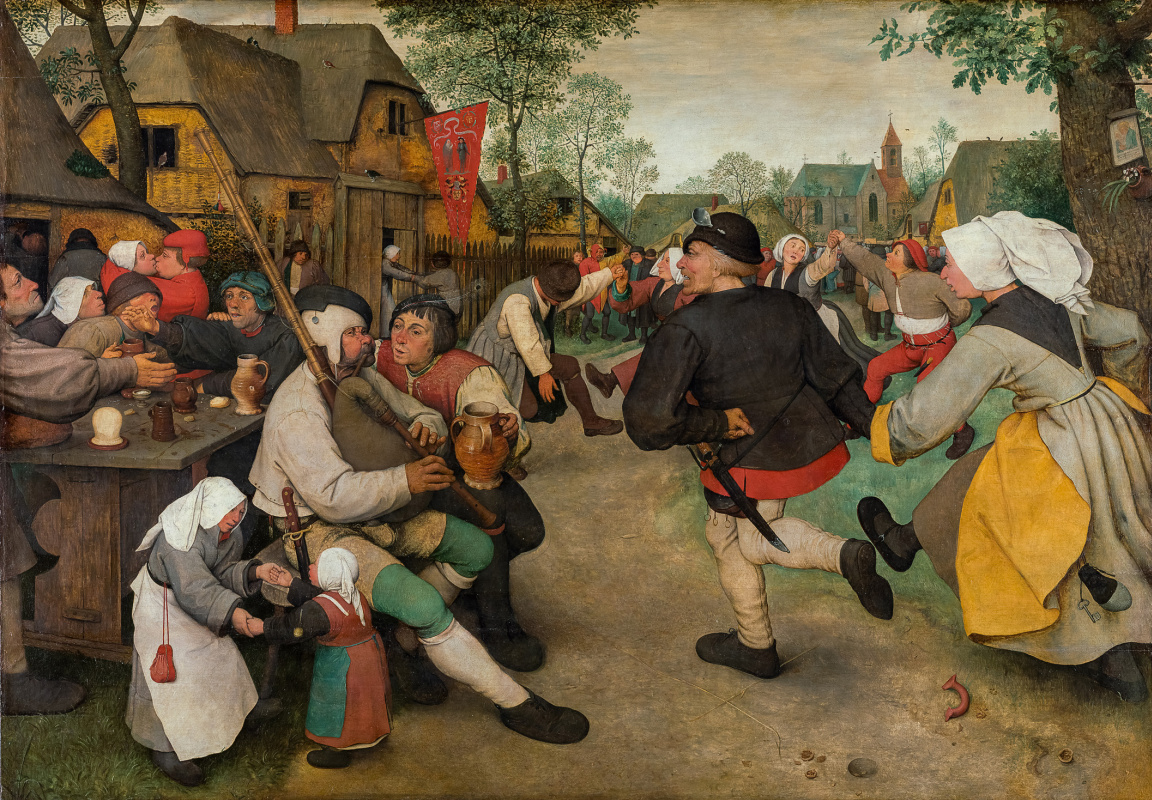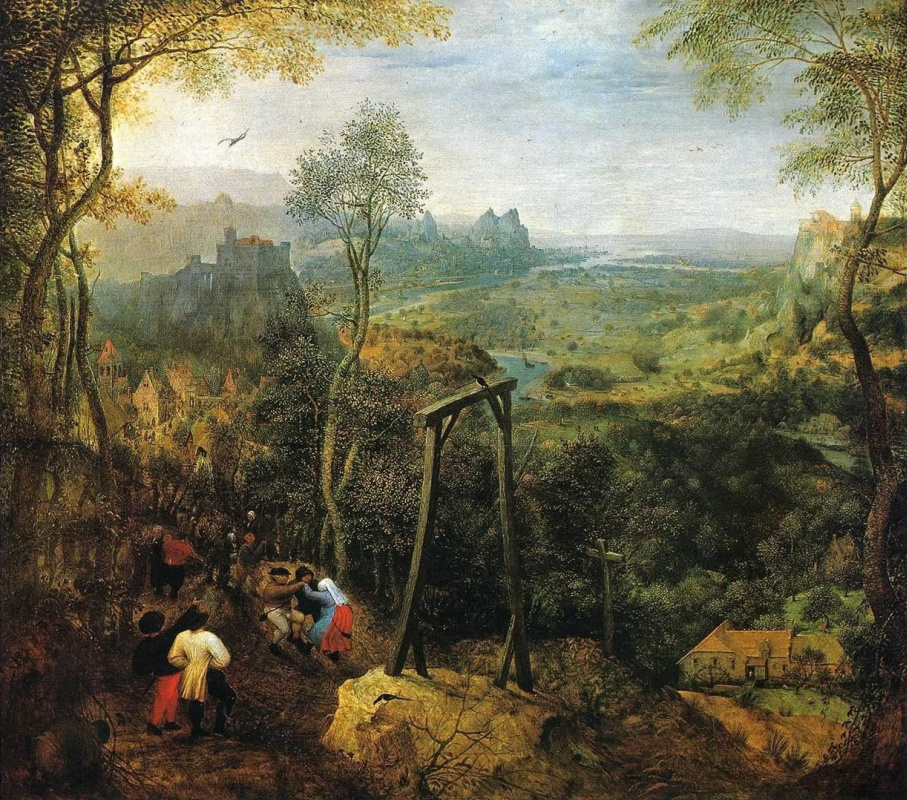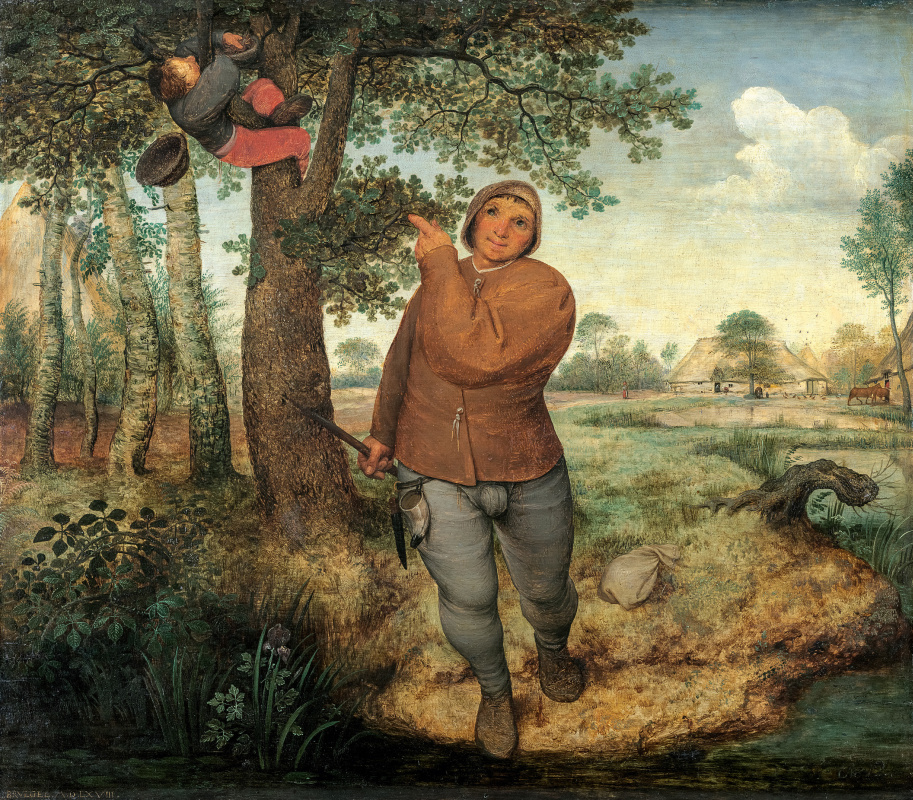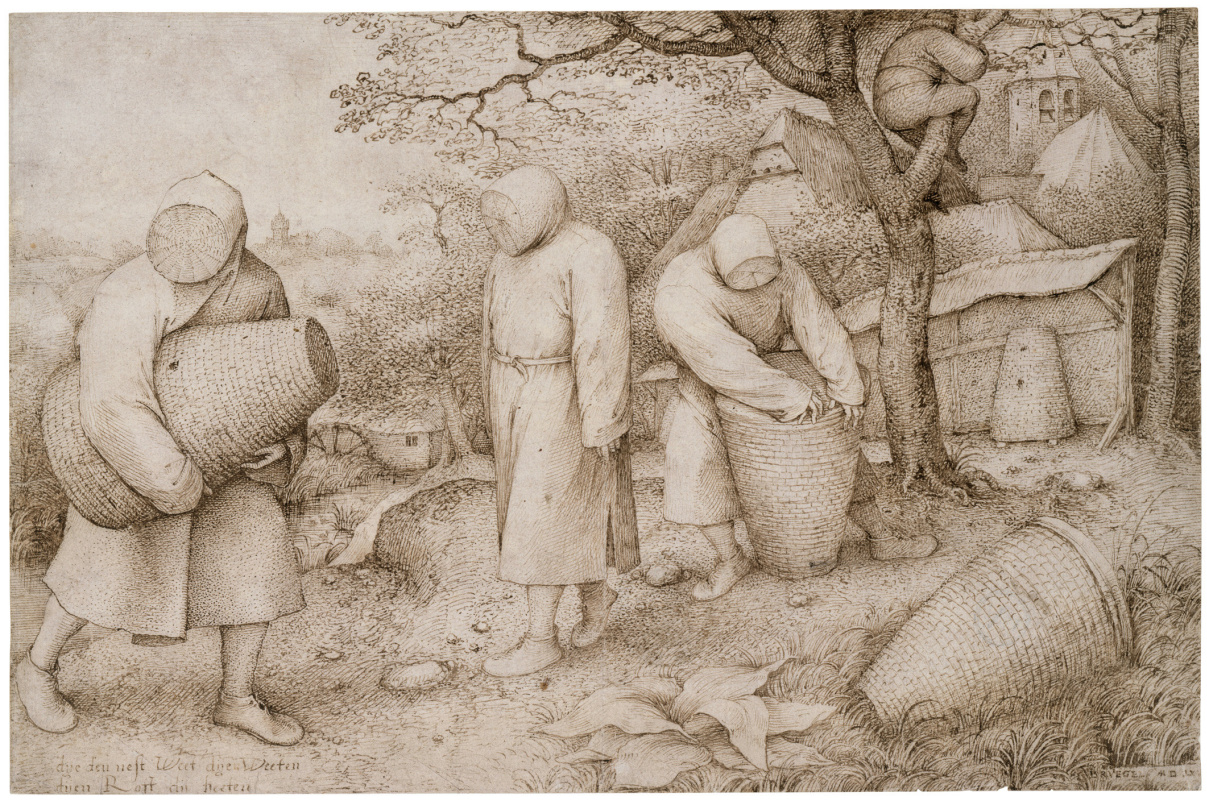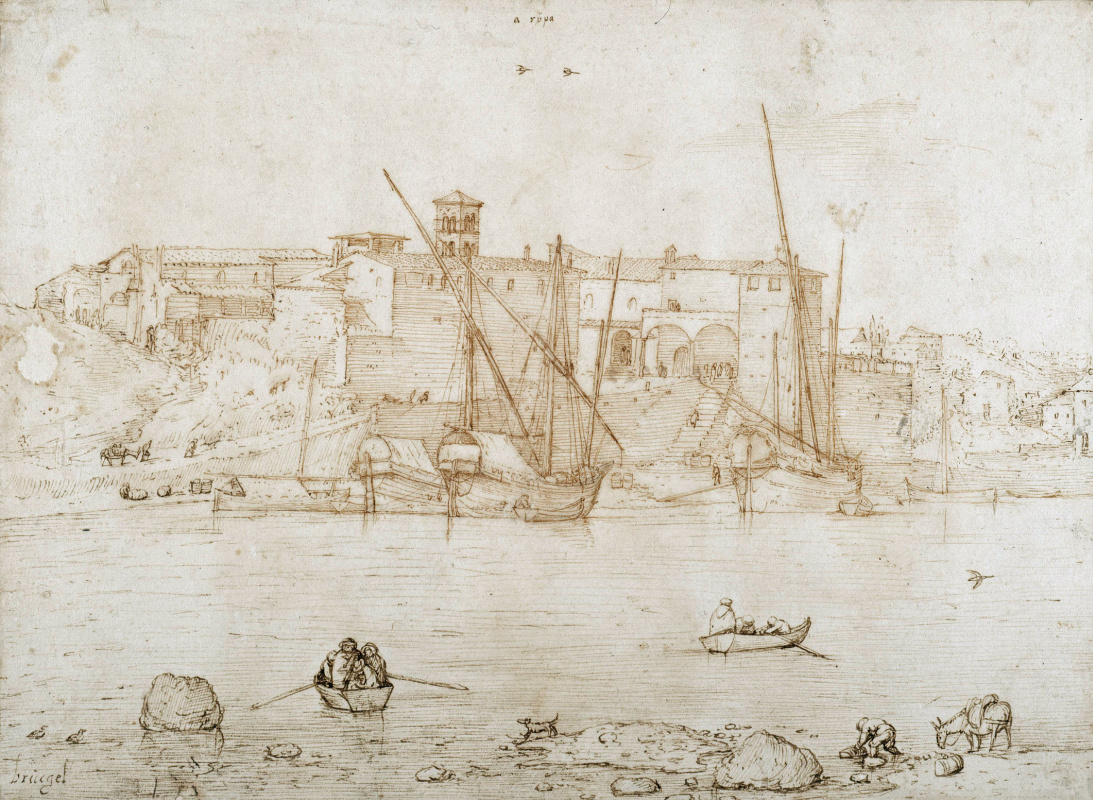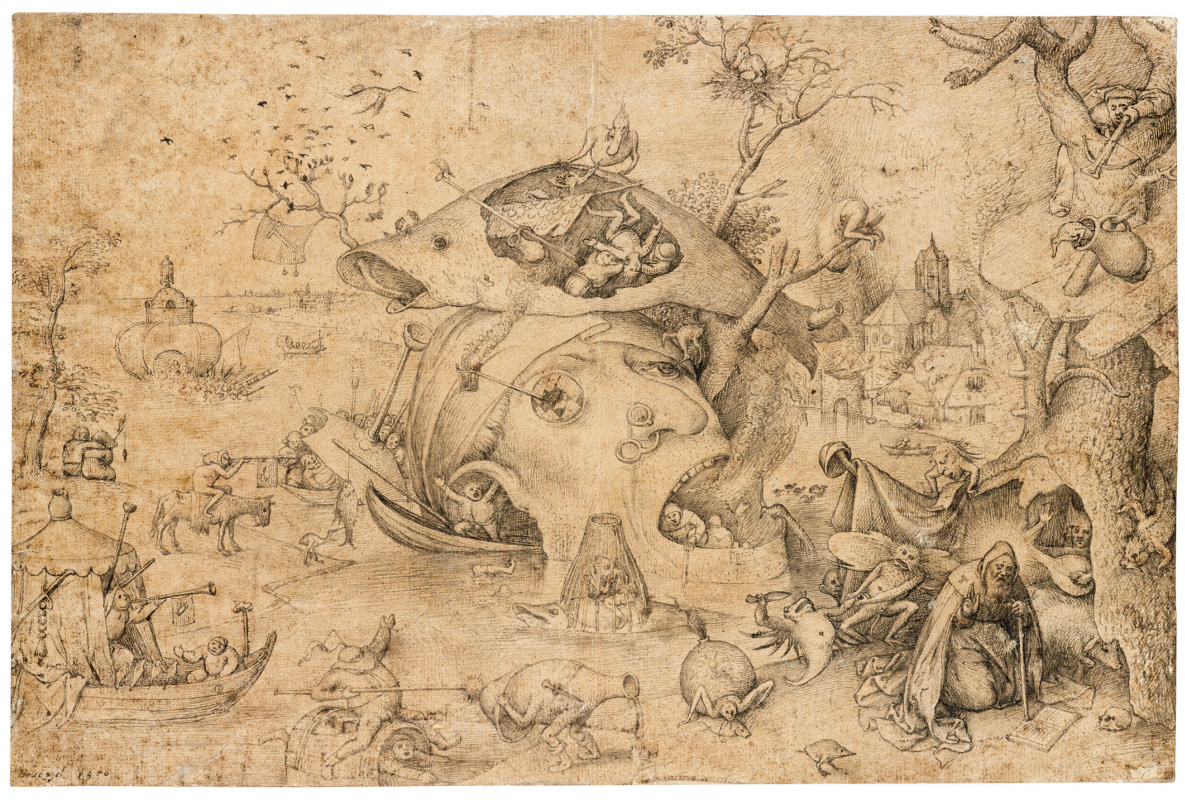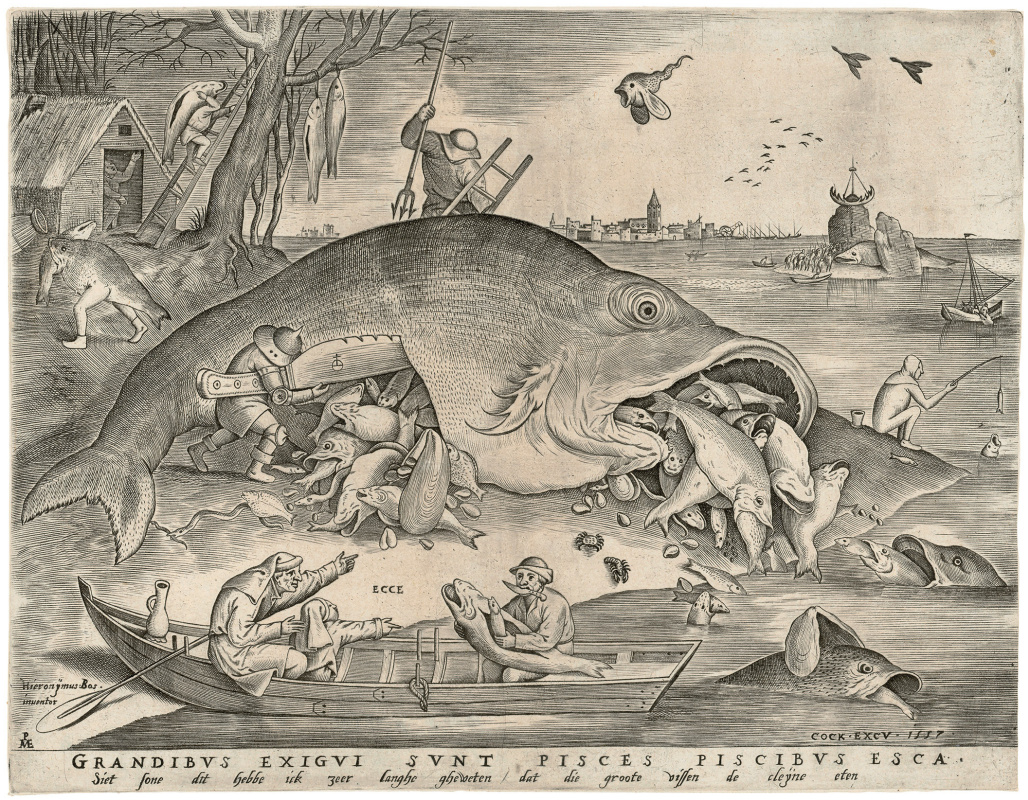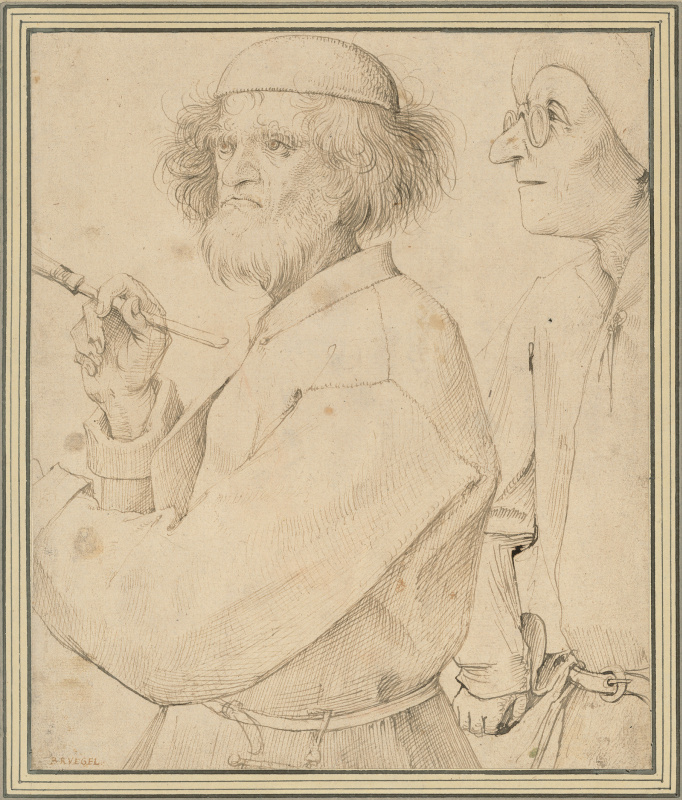On October 2, 2018 the Kunsthistorisches Museum in Vienna will open the first-ever major monograph exhibition dedicated to Pieter Bruegel the Elder, the greatest Netherlandish painter of the sixteenth century (c. 1525/30−1569). By bringing together over 90 artworks by the master, the show gives a comprehensive overview of Bruegel’s oeuvre for the very first time. None of the institutions could ever gather so many of his panel paintings, drawings, and prints as the Kunsthistorisches Museum did this year. Don’t miss your chance to see the masterpieces!
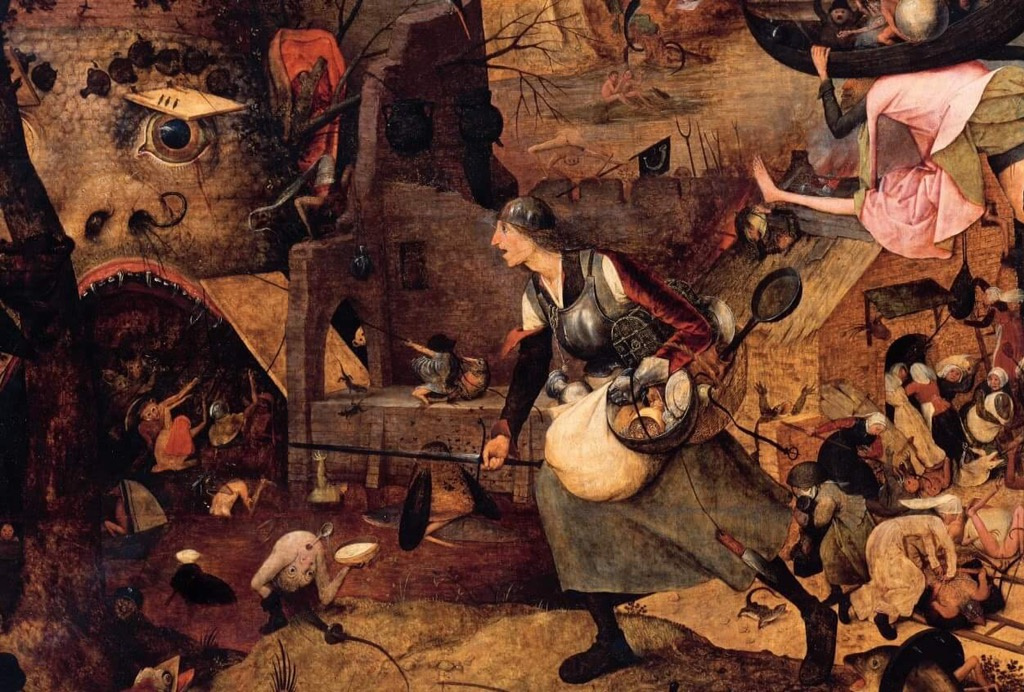
Coming exhibition Bruegel in Vienna commemorates the 450th anniversary of death of the greatest Netherlandish painter and gives visitors an exclusive opportunity to deepen into the complex pictorial world of the artist, to study his art style, unique narrative powers, and edgy sense of humor.
The Kunsthistorisches Museum has done an incredible job in assembling over 90 works by Bruegel, including three-quarters of his extant paintings from around the world and almost half of his preserved drawings and prints. Most of his wooden panels have never left their dwellings before because of their fragility. The curators have come through a very long road to persuade more than 25 institutions to lend the treasures from their collections. Among them are museums from Munich, Dresden, Berlin, Rotterdam, Brussels, Antwerp, Amsterdam, London, Paris, Rome, Madrid, Prague, Washington, New York, and other private collections. And these have only supplemented the largest collection of Bruegel panels in the world (12 pieces) that were collected by Habsburgs and are kept in the Kunsthistorisches Museum, Vienna.
The Kunsthistorisches Museum has done an incredible job in assembling over 90 works by Bruegel, including three-quarters of his extant paintings from around the world and almost half of his preserved drawings and prints. Most of his wooden panels have never left their dwellings before because of their fragility. The curators have come through a very long road to persuade more than 25 institutions to lend the treasures from their collections. Among them are museums from Munich, Dresden, Berlin, Rotterdam, Brussels, Antwerp, Amsterdam, London, Paris, Rome, Madrid, Prague, Washington, New York, and other private collections. And these have only supplemented the largest collection of Bruegel panels in the world (12 pieces) that were collected by Habsburgs and are kept in the Kunsthistorisches Museum, Vienna.
Triumph of death
1563, 117×162 cm
What will we see at the exhibition?
Bruegel’s works will be arranged both chronologically and thematically. One section will focus on his religious works, displaying numerous masterpieces including The Triumph of Death (1563), coming from Museo Nacional del Prado in Madrid (above) and Dulle Griet (also known as Mad Meg, 1564) from Museum Mayer van den Bergh, Antwerpen (bellow), both especially restored for the exhibition.
Bruegel’s works will be arranged both chronologically and thematically. One section will focus on his religious works, displaying numerous masterpieces including The Triumph of Death (1563), coming from Museo Nacional del Prado in Madrid (above) and Dulle Griet (also known as Mad Meg, 1564) from Museum Mayer van den Bergh, Antwerpen (bellow), both especially restored for the exhibition.
Dull Gret
1563, 117.4×162 cm
For the first time, Christ Carrying the Cross (1564) from the Kunsthistorisches Museum’s own collection, will be on show unframed. The largest panel by Bruegel, it is one that has also retained its original format. The painting will be displayed so that both its back and front are visible, and visitors will be able to see and appreciate the fragility of the wooden support and study
how it was constructed. Reasons why Bruegel’s paintings have still survived through four and a half centuries are the perfection of paint layer and the outstanding quality of handling.
Christ Carrying the Cross
1564, 124×170 cm
The works featuring abundance of detail in Bruegel’s paintings will be displayed in a smaller room. These will show the artist as a trained miniaturist who invites viewers to reflect on the complexity of the image contents. Nothing is placed in Bruegel’s works by accident. They are always teemed with tiny characters and usually carry moralizing meaning.
The highlights of this room will be the two Towers of Babel (1563), placed side by side. Once, they both were in the same collection of Emperor Rudolf II, but later have been separated for a long time. Especially for the show, the Bruegel’s Tower of Babel will come for the sensational comparison from Rotterdam.
The highlights of this room will be the two Towers of Babel (1563), placed side by side. Once, they both were in the same collection of Emperor Rudolf II, but later have been separated for a long time. Especially for the show, the Bruegel’s Tower of Babel will come for the sensational comparison from Rotterdam.
A place of honor will be given to the worldwide-known Bruegel’s work Battle Between Carnival and Lent (1559). Kunsthistorisches Museum Vienna planned to make a tactile version of the celebrated work to invite visitors — especially blind and partially sighted ones — to "comprehend" the painting. The curators claimed that they would use a 3-D printer to create models of some of the every-day objects scattered throughout the painting, and by doing so, provide a barrier-free access to the masterpiece by Pieter Bruegel the Elder. You can read the details in our preview.
This picture not only shows Bruegel’s unrivalled skill in capturing the material quality of depicted objects but also showcases his perceptiveness as a social critic. Curators will help viewers to comprehend the meaning of the individual scenes and find answers to moralistic interpretation of the painting.
This picture not only shows Bruegel’s unrivalled skill in capturing the material quality of depicted objects but also showcases his perceptiveness as a social critic. Curators will help viewers to comprehend the meaning of the individual scenes and find answers to moralistic interpretation of the painting.
The Fight between Carnival and Lent
1559, 118×164 cm
To show Bruegel’s inventive technics that brought new naturalism to landscape paintings, the exhibition presents Hunters in the Snow (1565) and other pictures from his famous "Months of the Year" series, including The Return of the Herd (1565) and The Gloomy Day (1565). The viewers will be stunned by marvelous panoramic views of the landscape
from the edge of a very high cliff where nature is exalted and given center stage.
The final gallery will present Bruegel’s late works, which brought the author nickname 'Peasant Bruegel'. They display the artist’s close attention to rustic life in the Low Countries (which then encompassed Belgium, the Netherlands, and French Flanders) during the Northern Renaissance
. These works are so complex that even 450 years after death of the author, we still don’t know exactly why Bruegel chose his subject matter and the attitude he held toward the communities he captured.
In this section viewers will see Peasant Wedding, Peasant Dance, The Magpie on the Gallows, The Birdnester and the monumental drawing The Beekeepers and the Birdnester.
In this section viewers will see Peasant Wedding, Peasant Dance, The Magpie on the Gallows, The Birdnester and the monumental drawing The Beekeepers and the Birdnester.
Bruegel’s wooden panels will be surrounded by the large number of his drawings and prints that hold a place among the world’s finest engravings and woodcuts. They will display the outer world of nature and man, including landscapes, ships and the sea, and memorable portraits of sixteenth-century Low Countryies' citizens, from aristocrats and burghers to villagers and peasants. There will also be plenty of graphics that envision the inner worlds of imagination, morality, and religion with scenes from the Gospels and Apocrypha.
The exhibition BRUEGEL is to run from October 2, 2018 to January 13, 2019 at the Kunsthistorisches Museum in Vienna, Austria.
Written on materials of the Kunsthistorisches Museum in Vienna. Title illustration: Pieter Bruegel the Elder, detail of Dulle Griet, 1562 (?), oil on panel, 117,4×162 cm. Museum Mayer van den Bergh, Antwerpen, Belgian © Museum Mayer van den Bergh






